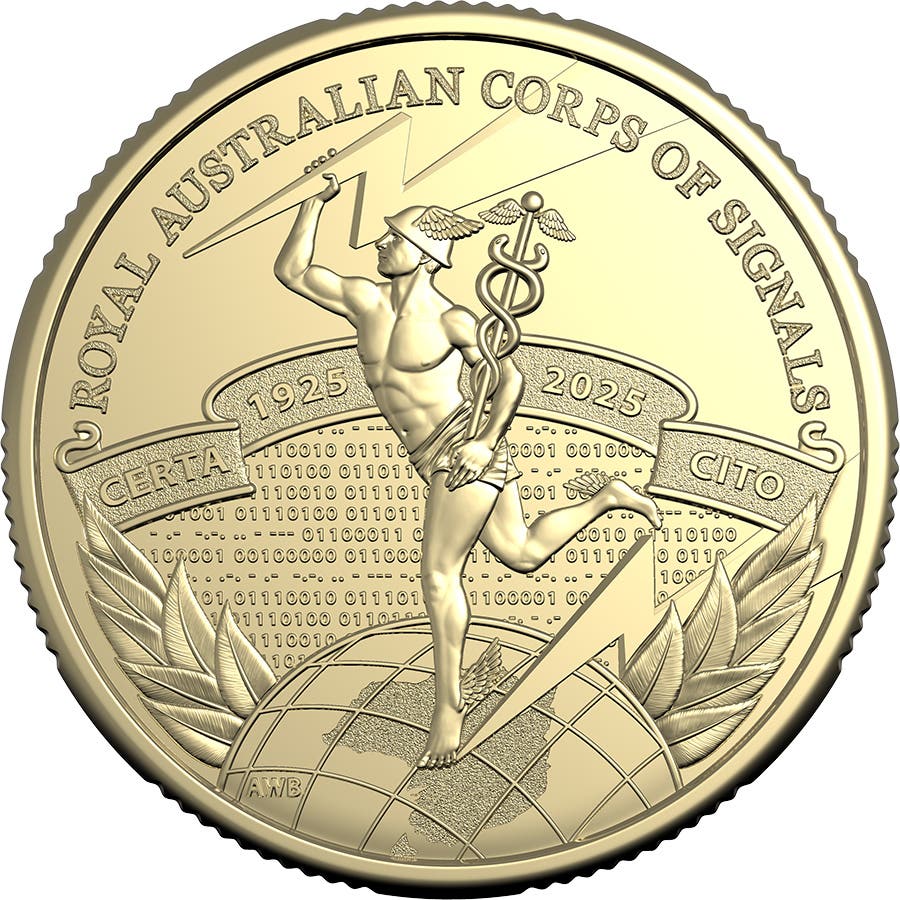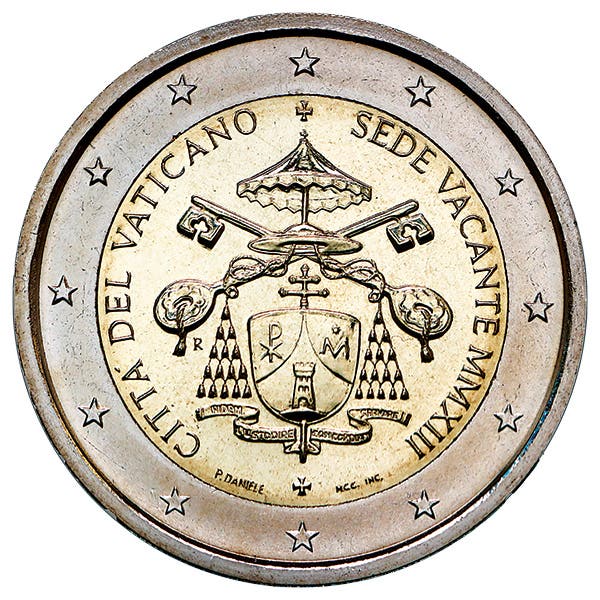Mint Enters the Coin Business
Mints have been in the business of selling as well as manufacturing coins for centuries. The United States Mint at one time sold individual proof coins directly to collectors. At…
Mints have been in the business of selling as well as manufacturing coins for centuries. The United States Mint at one time sold individual proof coins directly to collectors. At a later date, the mint began issuing Mint and Proof sets. Today, the mint is actively selling non-circulating legal tender commemorative coins.
The United States Mint is not alone. There are many mints around the world, both government or privately owned, that are involved in what is increasingly becoming the over-commercialization of the coin hobby.
What if the U.S. Mint were to sell a coin such as a 1933 Saint Gaudens double eagle directly to a collector even though the coin was never officially released to the public? What if the U.S. Mint were to compete with coin dealers by brokering the sale of such a coin already in the secondary market to a collector?
The British Royal Mint recently sold a 1936 gold sovereign of Edward VIII to an unnamed private collector for £1 million or about 1.3 million USD. The BRM struck six of these coins as trials. Four are in museums. The other example in private hands appeared in a 2014 auction where it was purchased by a U.S. collector for £516,000 or about 674,000 USD.
It is not illegal for the BRM to broker the sale of the coin. Details were not available at the time this article was being written regarding if the mint made a profit from the transaction. It appears the mint searched for the coin for a client. What the transaction may do is set a precedent for other mints to follow considering rare coins these mints might have in their inventory, in a mint’s collection, or for mints to compete with dealers to buy and sell coins already in the secondary market.
This recent transaction placed the mint into competition with commercial coin dealers selling older coins in the collector marketplace.
It may become tempting for other mints to become coin dealers as well. The £1 million price tag for the gold coin makes this sovereign the most expensive British coin ever sold.
The transaction was done openly. BRM Collector Services Manager, Rebecca Morgan said. “The Edward VIII Sovereign is one of the rarest and most collectible coins in the world, so it’s no surprise that it has set a new record for British coinage.”
Morgan continued, “We were delighted to be able to locate such a special coin for our customer, and bring it back to the U.K. to make history once more.”
BRM Collector Services spokesman Matt Curtis added, “This sovereign is significant not only because of its rarity but because it sits at the heart of an international story and has been treasured by collectors in both the U.K. and U.S. The Edward VIII sovereign is certainly one of the rarest coins in the world but we hope it will help inspire others to look through their homes and see what treasures are hidden.”
Edward VIII was the British monarch for a short period in 1936, abdicating his throne in order to marry American divorcee, Wallace Simpson, in what developed into a constitutional crisis due to the monarch also serving as head of the Church of England. The church did not approve of such a marriage.
British coins on which a portrait of Edward VIII were struck by the BRM were made but never issued. Some of the non-portrait brass three-pence coins bearing his name sent to vending machine manufacturers as trials were not returned to the mint and have since appeared in auctions.
In 1970 a sealed cardboard box in which 49 coins of Edward VIII had been stored was discovered in a safe in the office of retired BRM Deputy Master, Sir Jack James. These coins are now in the Royal Mint Museum.
Coins struck in the name of Edward VIII were issued for circulation by British West Africa (one-tenth penny, half-penny, penny), East Africa (5 cents, 10 cents), Fiji (penny), Kutch (1, 2.5, 5 kori), Jaipur (one-quarter anna, mohur), Jodhpur (3 dokda), and New Guinea (penny). None of these coins bear his portrait. ♦








